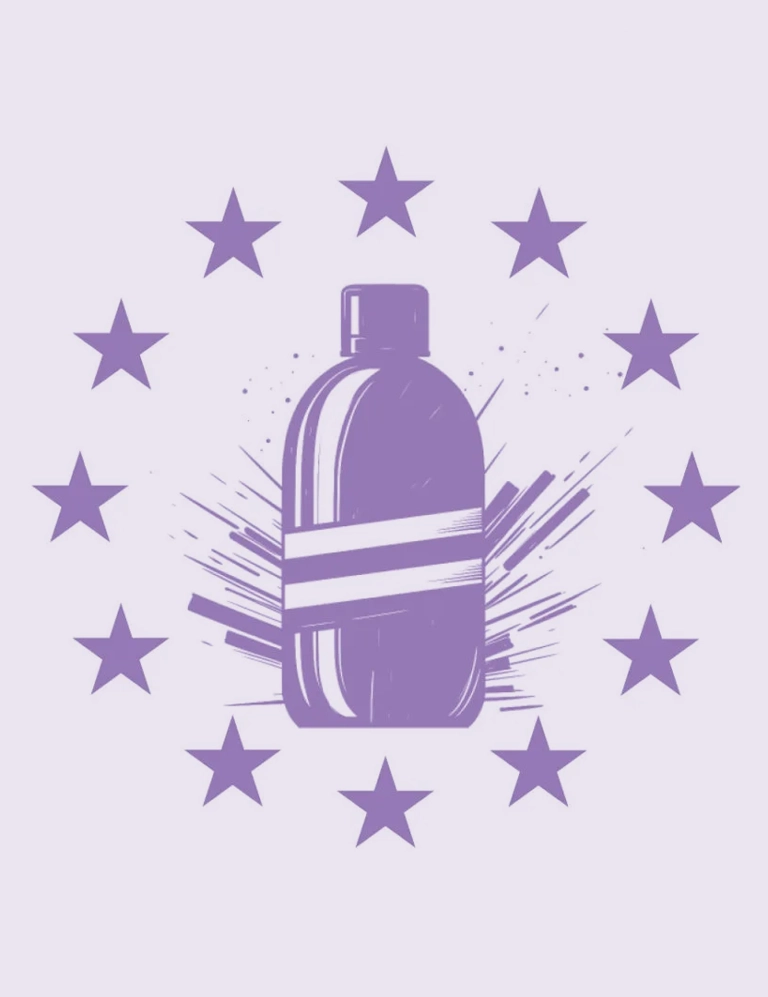European Legislation:
3 scenarios for packaging
Prospective-fiction exercise for 2040:
On 22 November 2023, the European Parliament approved the draft Packaging and Packaging Waste Regulation (PPWR). The aim was to produce a robust working version that can be used as a basis for the trilogue negotiations that will run until January 2024. The basic targets laid out by the European Commission include a 5% reduction in packaging waste per capita by 2030 (with 2018 as the baseline), increasing to 15% by 2045; a ban on non-recyclable packaging by 2030; and a ban on certain substances, such as PFAS. The key focus is obviously to reduce greenhouse gas emissions.
The delusion of “everything in bulk”, in which packaging, and plastic in particular, simply no longer exist, is a utopian fantasy, whether applied to food for the mass-market or to other sectors such as electronics (packaging is essential for fragile products) or cosmetics (you can’t get your favorite perfume by turning on a tap).
As 2030 draws to a close, and the target to reduce packaging waste by 5% per capita has been cut by half, the entire concept of waste is being called into question: when should packaging be classified as waste in the strict sense of the term? The key, therefore, in both semantic and practical terms, is to eliminate waste, but not packaging. That old chestnut, reusability, is a reality once more, as a result of old practices being revived, or rather expanded upon.
The much-vaunted “deposit system” is back with a vengeance. Already institutionalized in a number of European countries (including Germany, Finland, Denmark and Latvia), it is now becoming widely used throughout the EU, and not just for bottles and glass. Packaging manufacturers are attempting to make most of their packaging “returnable”: jars of anti-wrinkle cream and bottles of perfume will thus be given a second life once empty. The long-term aim is for 70% of the overall volume of packaging sold on the market to be “refillable”. The lid on a pack of bacon cannot be reused, but the container itself can be returned. In addition, polymers are being developed that can self-repair at room temperature, without the need for external stimuli (each molecule has a negative end and a positive end, which are attracted to each other, thus binding the material back together).
While, on paper, packaging made from mycelium or tomato skin seemed like the timely solution in 2025, five years later, it hardly seems feasible to switch to large-scale use in all sectors when the question of potential toxicity has still not been addressed. Nothing can be left to chance when it comes to products designed to be ingested or applied to the skin (cosmetics, medicines, etc.).
When following a cake recipe, you put in flour, eggs, etc. You know the ingredients. And we’re fully aware of what is in plastic.”
It would enable us to have recycled materials that are relatively similar to petro-based materials.
